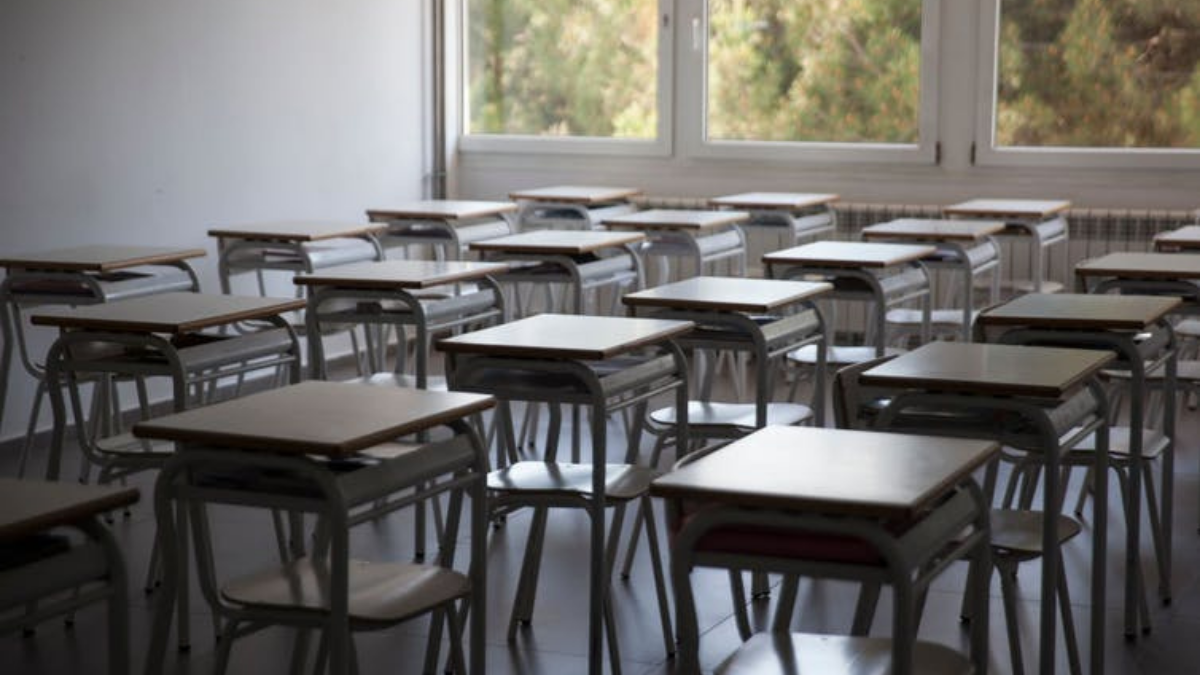Debra Lynne Shepherd, Stellenbosch University
Estimating how many learners have dropped out of school as a consequence of the COVID pandemic is an issue governments across the globe are trying to pin down. The subject has been open to intense debate in South Africa and often receives additional attention when the results for the final year of schooling are due for release.
As academics examining trends in access and learning outcomes over the past decade, we have taken a particular interest in measuring how the pandemic has contributed to learner dropout. We also want to contribute to a better understanding of learner dropout so that appropriate steps can be taken to address the issue effectively.
In a paper published late last year we attempted to begin to sketch the parameters of how badly COVID-19 had affected school attendance. It was a difficult exercise as a great deal of useful data are not yet available.
The approach we took, therefore, was to use data from the longitudinal National Income Dynamics Study–Coronavirus Rapid Mobile Survey (NIDS-CRAM), a telephonic survey conducted with a nationally representative sample of South African adults aged 18 years and older. The data was collected across five waves in 2020 and 2021. We drew specifically from survey results related to education. We used this in combination with data from other household surveys used to track learner attendance, such as the General Household Survey.
In our analysis we estimated that about 1 million learners had not returned to school by April/May 2021. We do, however, expect that many of these learners could get back into the system as and when schools return to daily attendance.
Disengagement from schooling puts students at a greater risk of permanently dropping out of school. It also presents long-term consequences such as reduced participation in further education and training, lower chances of employment and lifetime earnings, and poor health.
The knowns, and unknowns
To try and understand how the education landscape has changed since the pandemic’s onset, we first needed to know how learner non-return to school looked in recent pre-pandemic years. Using data from the 2017 National Income Dynamics Study and 2017-2019 General Household Surveys, we estimated that 290,000 children of school-going age typically didn’t return to school each year.
According to our analysis there has been a close to doubling in the percentage of households with non-attending learners. The number of non-attending learners per household increased from 1 in recent pre-pandemic years to 1.32 in November 2020 and 1.86 in April/May 2021. We concluded from this that just over 1 million learners were not attending school in April/May 2021.
We then subtracted the 290,000 learners who typically had not returned to school in recent pre-pandemic years, arriving at a number of roughly 700,000 additional learners not attending school in April/May 2021.
The 700,000 and the 290,000 are slightly different cohorts. The pre-pandemic figure of 290,000 of non-returned learners is overwhelmingly made up of children who were no longer legally required to attend school. By contrast, the additional 700,000 children not returned to school by April/May 2021 are mostly of a compulsory school going age (seven to 15 years old).
Comparing our estimates to enrolment data confirms that our measure may have only shown “extended absenteeism” and not dropout. Enrolment among compulsory school-aged learners dropped by 19,000 in 2021 and first time enrolments among 4.5- to 6-year-olds dropped by 27,000.
We expect, therefore, that many of the 700,000 non-returned learners could get back into the system as and when schools return to daily attendance.
While analyses of household and school enrolment data are important parts of the puzzle, the ultimate measure for dropout is active participation through administrative daily attendance data. This measure is not available.
Before COVID-19
To put our COVID-19 analysis in perspective, it’s useful to note that before the pandemic South Africa appeared to be making progress in its efforts to raise school enrolments, and retention.
According to the 2019 General Household Survey, levels of attendance among compulsory school-aged learners in South Africa exceeded 98%. Analysis we did based on 2017 data indicated that close to 100% of 6- to 15-year-olds enrolled in school in 2016 returned to school the following year.
Moreover, analyses of large scale national data sets had begun to point towards large improvements in mathematics performance as well as steady improvements in reading since the mid-2000s.
This points to systemic improvements in the quality of learning in the country’s basic education system. This signals not only enrolment but active participation leading to learning.
What needs to be done
So how should the country respond?
Firstly, education researchers should be clear about what’s being referred to when discussing dropout. Is it enrolment, extended absence, or dropout? These provide different estimates and each method has its limitations.
Secondly, the country should continuously engage on the push-out and pull-out factors of disengagement – the process of learners gradually experiencing increasing exclusion from school.
Push-out factors include weak learning outcomes, high fees, and other barriers that limit access to school. Pull-out factors include household and social pressures such as the need to earn an income and increasing child-rearing responsibilities.
Regarding the education sector, pandemic-specific responses should include quantifying and addressing learning gaps and losses. Previous research has shown that poor learning foundations were the largest contributing factor to school dropout.
We also know from international experience that learning gaps from short-term disruptions can compound rapidly if not addressed. Also, evidence from Nigeria showed that continued disruptions lead to continued absence even after schools reopened.
Therefore, continued disruptions to schooling and extended learner absence that goes unaddressed will, in all likelihood, lead to permanent dropout. As parents, teachers, school leaders and broader education stakeholders, we should engage further on how to keep schools open and learners engaged.
Debra Lynne Shepherd, Senior lecturer, Stellenbosch University
This article is republished from The Conversation under a Creative Commons license. Read the original article.
Header image: Miguel Pereira via GettyImages



